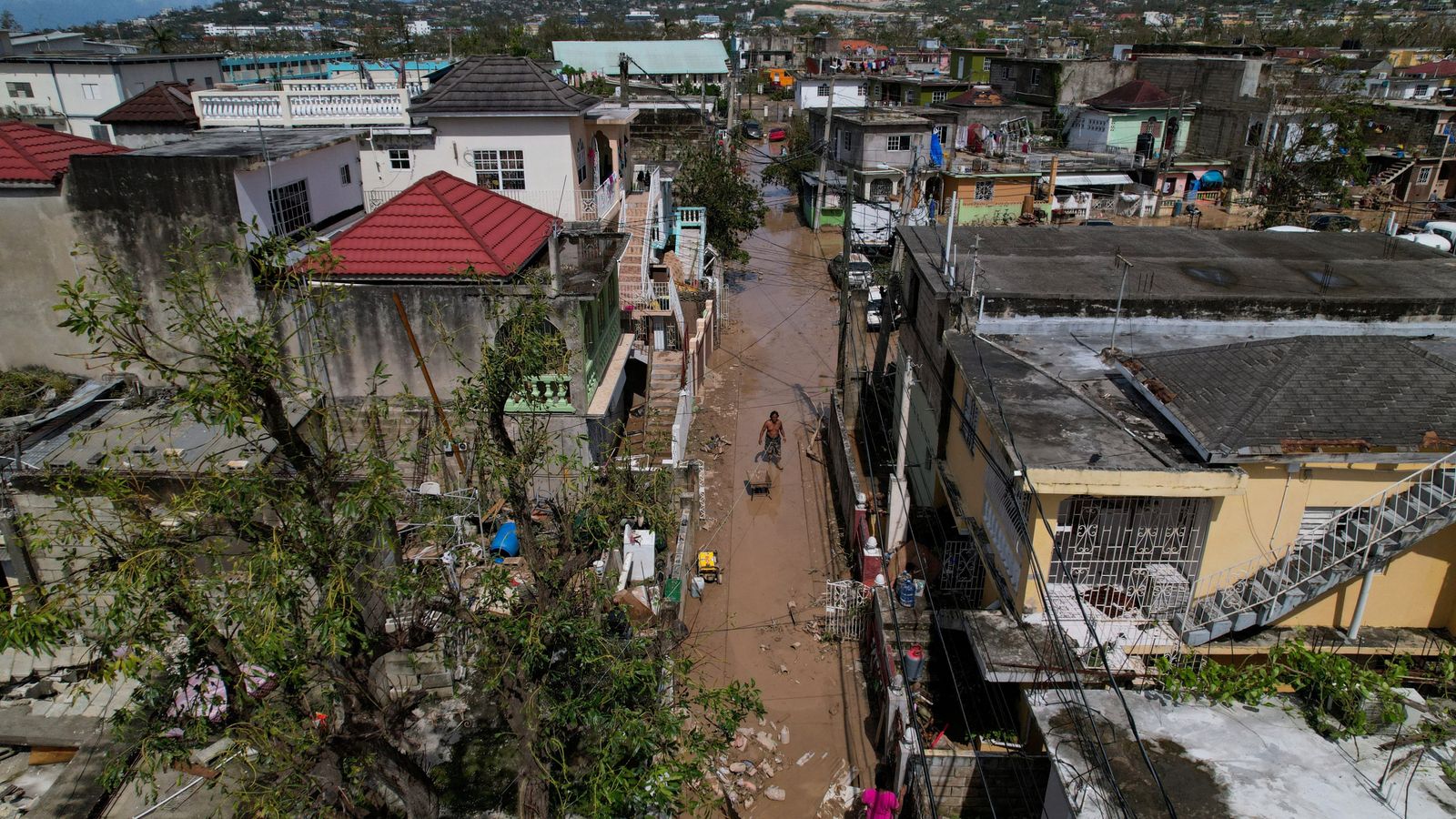The Great barrier reef has been hit by widespread coral bleaching (Credit: Getty)
Coral reefs are under threat from hidden heatwaves, warns a new report.
Researchers say some damage due to heatwaves could be going unrecorded because of the way water temperature tends to be measured.
A new study has found coral reefs near the island of Moorea in French Polynesia ended up bleached in April and May 2019 despite the absence of warm El Niño winds which are normally the riskiest.
The unexpected event was caused by anti-cyclonic eddies, which are circular currents of water, which raised sea levels and concentrated hot water under the reef.
This led to an underwater marine heatwave which was largely invisible at the surface.
The team found the eddies in the open ocean near the island raised sea levels and pushed internal waves down into deeper water.
Internal waves travel along the interface between the warm surface layer of the ocean and cooler layers below, and earlier studies have found they help coral reefs cool off.
The research shows the anti-cyclones caused wave cooling to stop in early 2019 as well as during some earlier heatwaves.
This led to unexpected heating of the reef, which in turn caused it to unexpectedly heat and some of the coral to die.
When the water temperature becomes too warm, coral can’t survive (Credit: Getty)
This extensive coral death has sadly offset the recovery of coral communities which had been happening around Moorea over the previous decade.
Earlier studies have relied solely on measuring water temperatures at sea surface, which are conducted over broad areas with satellites.
For the new study, researchers at the Hong Kong University of Science and Technology collected data from Moorea over 15 years between 2005 and 2019.
The data included measurements of remotely sensed sea-surface temperatures as well as intertidal sediment beds and recordings of unusually high or low sea levels.
The team say an earlier heatwave in 2019 did not cause reefs to die despite the fact a super El Niño bought warm conditions which destroyed many coral reefs across the world.
Sea-surface temperature data would have predicted moderate bleaching in both 2016 and 2019 at Moorea.
However, bleaching in 2016 was found to be ecologically insignificant, with heating that was short in duration and restricted to shallow depths.
The severe and prolonged marine heatwave in 2019 would have been overlooked if researchers only had access to sea-surface temperature data, and the resulting catastrophic coral bleaching may have been incorrectly ascribed to causes other than heating, the researchers add.
How a coral reef should look (Credit: Getty)
Lead study author Professor Alex Wyatt said: ‘The present study highlights the need to consider environmental dynamics across depths relevant to threatened ecosystems, including those due to the passage of underwater ocean weather events.
‘This kind of analysis depends on long-term, in situ data measured across ocean depths, but such data is generally lacking.
‘Our paper provides a valuable mechanistic example for assessing the future of coastal ecosystems in the context of changing ocean dynamics and climates.’
The findings were published in the journal Nature Communications.
MORE : Free divers remove 100,000 lbs of ‘ghost net’ garbage from coral reefs in Hawaii
MORE : One of world’s largest and rarest coral reefs discovered by scuba scientists
Underwater marine heatwaves are largely invisible at the surface.





